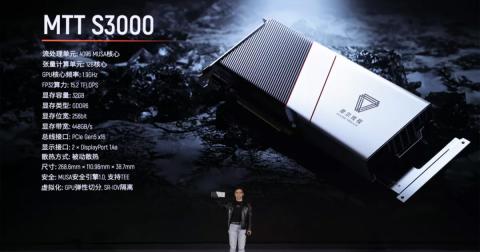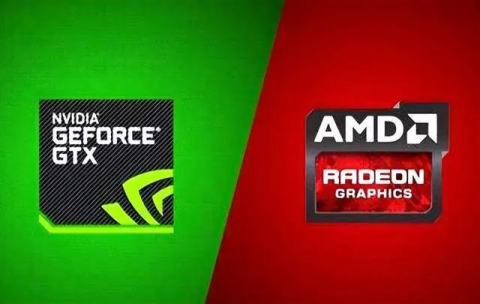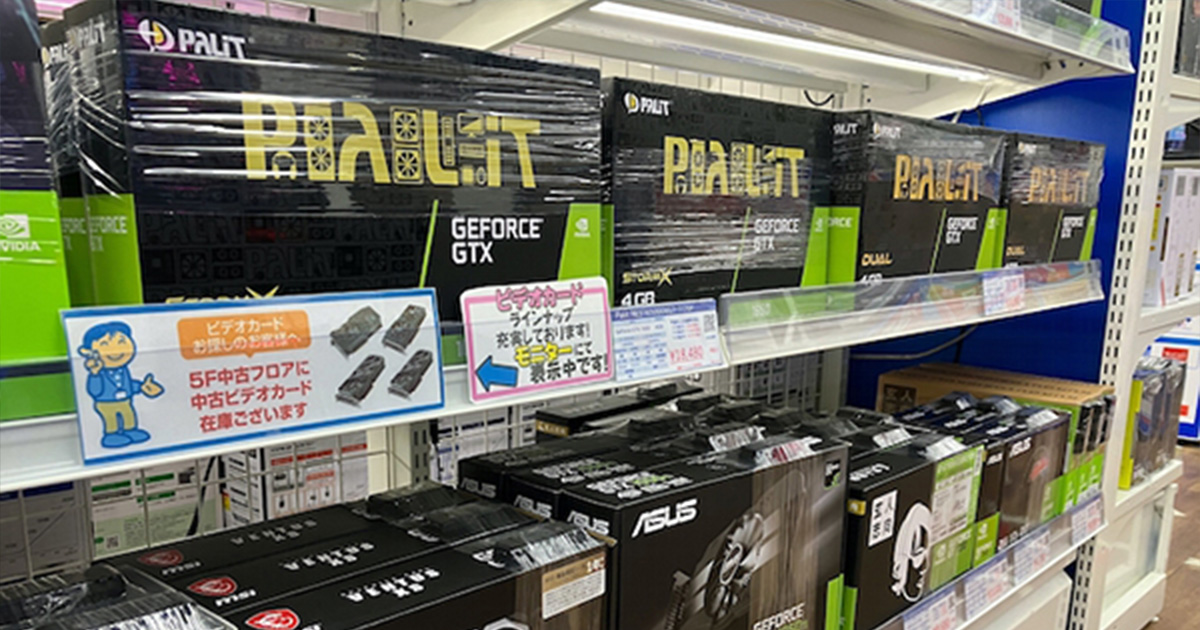
According to a new report by technology market research firm Jon Peddie Research, China has an unusual number of GPU startups as the country seeks to gain an edge in artificial intelligence as well as semiconductor sovereignty.
As the demand for artificial intelligence (AI), high-performance computing (HPC) and graphics processing has grown at an unprecedented rate, the number of GPU manufacturers worldwide has also grown in recent years. When it comes to discrete graphics for PCs, AMD and Nvidia hold the lead, while Intel is trying to catch up.
In the 1980s and 1990s, as many as dozens of companies around the world were developing graphics cards and independent graphics processors, but in the brutal competition to obtain the highest performance in 3D games, most of them were eliminated.

By circa 2010, only AMD and Nvidia were able to offer competitive discrete GPUs for gaming and computing, while others focused on integrated GPUs or GPU IP.
Starting around 2015, the number of PC GPU developers in China began to increase rapidly, driven by China's push for technological self-sufficiency and the emergence of AI and high-performance computing as high-tech megatrends.
In total, 18 companies are currently developing and producing GPUs, according to Jon Peddie Research. There are two companies developing SoC-bound GPUs mainly for smartphones and laptops, six developing GPU IP, and 11 GPU developers focusing on GPUs for PCs and data centers, including AMD, Intel and Nvidia.
In fact, if other Chinese companies such as Biren Technology and Tianshu Zhixin are added to the list, the number of GPU companies will be even greater. However, Biren Technology and Tianshu Zhixin currently only focus on AI and high-performance computing, so JPR does not consider them to be GPU developers in the traditional sense.
China's road to technological salvation: GPU development
As the world's second largest economy, China inevitably competes with the United States and other developed countries on almost every front. China does everything it can to attract engineers from around the world.
In fact, in China, hundreds of new IC design companies are established every year. They develop products ranging from tiny sensors to complex communications chips in an effort to become self-sufficient with Western suppliers.

MTT S3000 GPU released by Chinese GPU company Moore Thread
But to really jump on the artificial intelligence and high-performance computing wave, you need CPUs, GPUs, and special-purpose computing acceleration technologies.
When it comes to CPU, China is facing an increasingly strict technical blockade by the United States in terms of manufacturing equipment and technology, and it is impossible for China to catch up with the global advanced level soon. On another track, however, it can be argued that developing and producing a decent GPU is more fruitful than trying to build a competitive CPU.
"For Chinese companies, artificial intelligence training is the main driver of self-developed GPUs, on the one hand because Nvidia's GPUs are too expensive, and on the other hand because of the desire for self-sufficiency." Jon Peddie, head of JPR, said.
GPUs are inherently parallel devices, with a large number of computing units inside them that can be used for redundancy, which makes GPUs easier to get up and running, relatively low cost per transistor, and good overall yield. Additionally, the parallel nature of GPUs makes it easier to implement deployments in a scalable fashion.

Compared with CPU, GPU has less stringent requirements on process technology in terms of design and manufacturing. Even if SMIC, the most advanced chip manufacturer in China, does not have the advanced production technology like TSMC, it can still take advantage of the way of GPU performance expansion. achieve decent enough performance.
In fact, even if China's GPU developers lose the opportunity to use TSMC's advanced nodes (N7 and below), at least some of them can still produce simpler GPU designs in SMIC and meet AI, HPC and some games / entertainment market needs.
And, from a national perspective, GPUs with AI and HPC capabilities may also be arguably more important than CPUs because AI and HPC enable entirely new applications, such as self-driving cars and smart cities.
Although the U.S. government vigorously restricts the export of supercomputer-based CPUs and GPUs to China, compared with CPUs, GPUs have relatively low design and manufacturing thresholds, making the effect of such restrictions far less obvious than CPUs.
GPU microarchitecture is relatively easy, hardware design is expensive
It should be noted, though, that while there are many GPU developers out there, only two are actually making competitive discrete GPUs for PCs. This may be because it is relatively easy to develop a GPU architecture, but it is really difficult to implement it correctly and design appropriate drivers.
CPU and GPU microarchitectures are basically "the intersection of science and art". These architectures are complex sets of algorithms, and the teams that develop them can be fairly small, but it can take up to several years.
Understandably, microarchitecture is done on napkins and whiteboards. As for the cost, if it is just the architect himself, the team size can be only one person, maybe three or four people. But any kind of architecture, building, rocket ship, network or processor is a complex chess game.
For example, trying to predict the manufacturing process and standards in five years, the trade-off of cost performance, what functions to add, what functions to abandon or ignore, these are very tricky and time-consuming tasks.
Architects spent a lot of time making assumptions in their minds. For example, if the cache is 25% larger, if there are 6000 FPUs, should a PCIe 5.0 I/O bus be made? Can this be done on time? and so on.

Since microarchitecture development can take years and require talented designers, in a world where time-to-market is critical, many companies simply license off-the-shelf microarchitectures from companies like Arm or Imagination Technologies, or is a proven GPU IP.
For example, China's Innosilicon licenses GPU microarchitecture IP from UK-based Imagination for its Fantasy GPU.
There is also a Chinese GPU developer that uses Imagination's PowerVR architecture. Meanwhile, Zhaoxin, another GPU maker, uses a GPU microarchitecture acquired by Via Technologies.
The cost of developing a microarchitecture can vary, but it is relatively inexpensive to develop compared to the physical implementation cost of modern high-end GPUs.
For years, Apple and Intel, two companies with large engineering talent, have relied on Img for their GPU designs. MediaTek and other small SoC vendors rely on Arm. Qualcomm used ATI/AMD for a long time, and Samsung switched to AMD after trying to design its own graphics engine for several years.
Recently, two new Chinese GPU companies hired former AMD and Nvidia architects, and the other two use Img. The time to go to market and learn the skills of being an architect, what to worry about, and how to work around it, is a very time-consuming process.
“If you can go to a company that already has a design and has been designing it for a long time, you can save a lot of time and money, and in the market, timing is everything.”
"There will be too many problems in this process. Not every GPU designed by AMD or Nvidia can become a winner. However, a good architecture design can go through several generations of adjustments and slowly improve." Research Institute Jon Peddie The person in charge of Research said.
The cost of hardware implementation and software development is too high for a new production process. The International Business Times estimates that the design cost of a device manufactured using 5nm-level technology exceeds $540 million. If the process is 3nm, the design cost will increase by 3 times.

“If you take layout and floor plan, simulation, verification, and drivers all into account, the cost and time of GPU development explodes,” Peddie explained.
"Hardware design and layout are pretty straight-forward: if you get a wire wrong, it can take months to figure it out."
Currently, there are only a handful of companies in the world capable of developing modern gaming or computing GPUs (46-80 billion transistor scale) chips at the level of AMD and Nvidia.
However, the BR104 and BR100 released by China's Biren Technology have reached almost similar levels. (By guessing, the BR104 contains about 38.5 billion transistors).
Currently, 8 out of 11 global PC/data center GPU design suppliers are from China, which speaks for itself.
Maybe we won't see competitive standalone gaming GPUs outside of US companies in the near future. Whether China can launch a competitive competitor remains to be seen.
References:
https://www.tomshardware.com/news/ai-and-tech-sovereignity-drive-number-of-gpu-developers-in-china
https://mms.businesswire.com/media/20221220005263/en/1669467/1/Sample_GPU_Developments_2022_V1.pdf


